
©2023 James Christopher Knight️
In This Issue of The Paris Love Letter
Café Culture: Le Petit Fer à Cheval - Timeless Charm in the Heart of the Marais
Hidden Gems: La Campagne à Paris - A Countryside Oasis in the City's Heart
Travel Tips: Montmartre Minus the Masses - A Quieter Exploration of Paris’ Bohemian Heart
Art & Literature: Max Jacob - A Luminary in the Shadows of Modernism
A Peek into History: La Conciergerie - A Testament to Power, Beauty, and Revolution
Fun and Unusual Stuff: Paris' Secret Vineyards - Sipping History in the Heart of the City
Featured French Song: ZAZ - Je veux
Found in Paris - Fun & Useful Stuff From The Web
➡️ TimeOut: 16 Best Wine Bars in Paris - Copied from the article: From lip-smacking small plates to endless natural wines, you'll never want to leave these excellent wine bars.
➡️ The Guardian: Montmartre was dead’: how Paris district has been revived by music - Copied from the article: The 18th arrondissement so beloved of tourists has been transformed by indie record labels and musicians
Café Culture: Le Petit Fer à Cheval – Timeless Charm in the Heart of the Marais
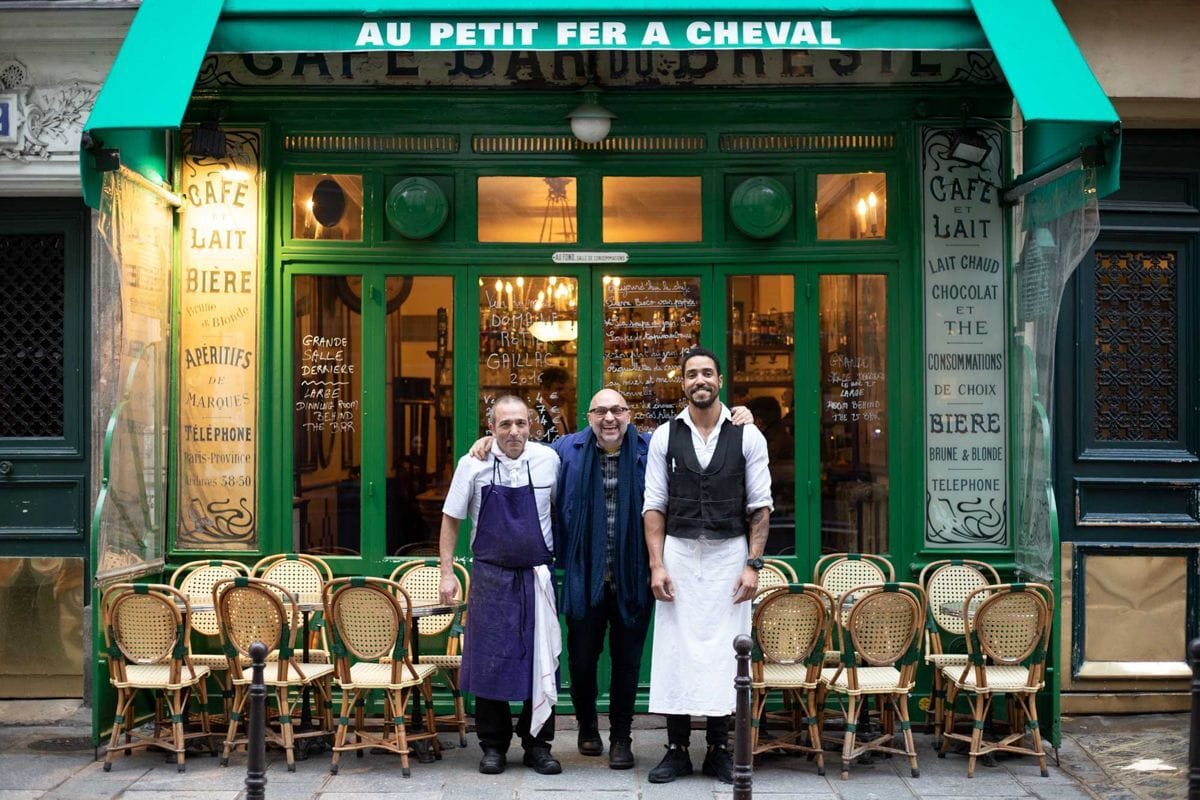
Le Petit Fer à Cheval
Le Petit Fer à Cheval is an emblem of Parisian café culture in the winding, picturesque streets of the Marais. Stepping into this establishment is akin to taking a journey back to the early 20th century.
Named after its unique horseshoe-shaped bar (in French, "fer à cheval" translates to "horseshoe"), the café exudes an ambiance of nostalgia and coziness. Gilded Belle Époque mirrors adorn the walls, reflecting the soft glow of vintage brass fixtures. The counter, wrapped in age-old wood, has listened to countless tales of locals and wanderers from afar.
Beyond its rich interiors, the café boasts a delightful outdoor seating area. Sheltered under Parisian street trees, it's an ideal vantage point for people-watching—a favorite Parisian pastime. Here, the world slows down, and the simple joy of sipping a café crème or indulging in a glass of French wine becomes an experience to savor.
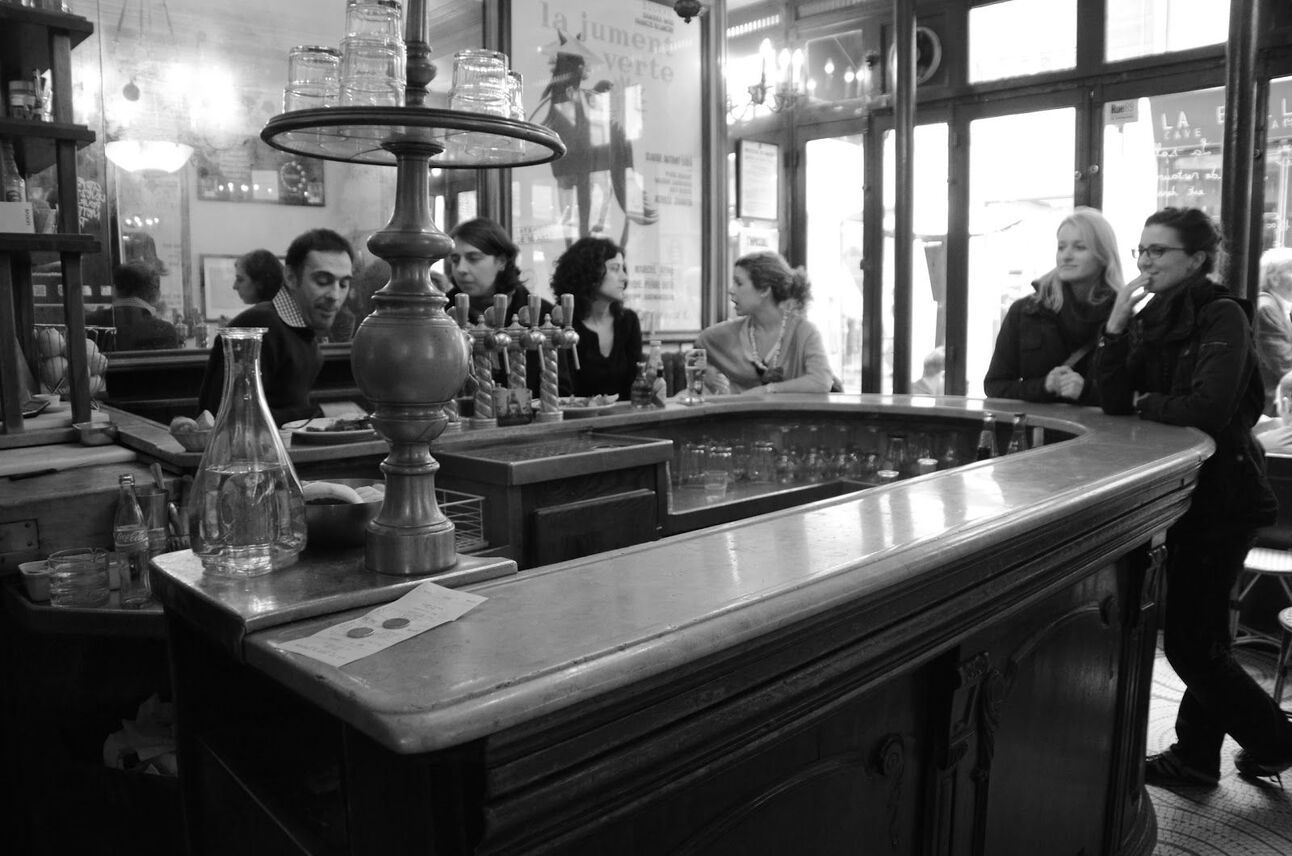
Le Petit Fer à Cheval
While its menu offers a delightful array of classic French bistro dishes, it's not just the food that draws people to Le Petit Fer à Cheval. It's the soul of the café—the stories whispered in its corners, the laughter echoing off its walls, and the promise of memories yet to be made.
If Paris is a tapestry of moments and memories, Le Petit Fer à Cheval is one of its most enchanting threads. So, the next time you wander the Marais, stop by. After all, in the words of the French: "Il faut prendre le temps de vivre" - one must take the time to live.
Hidden Gems: La Campagne à Paris – A Countryside Oasis in the City's Heart
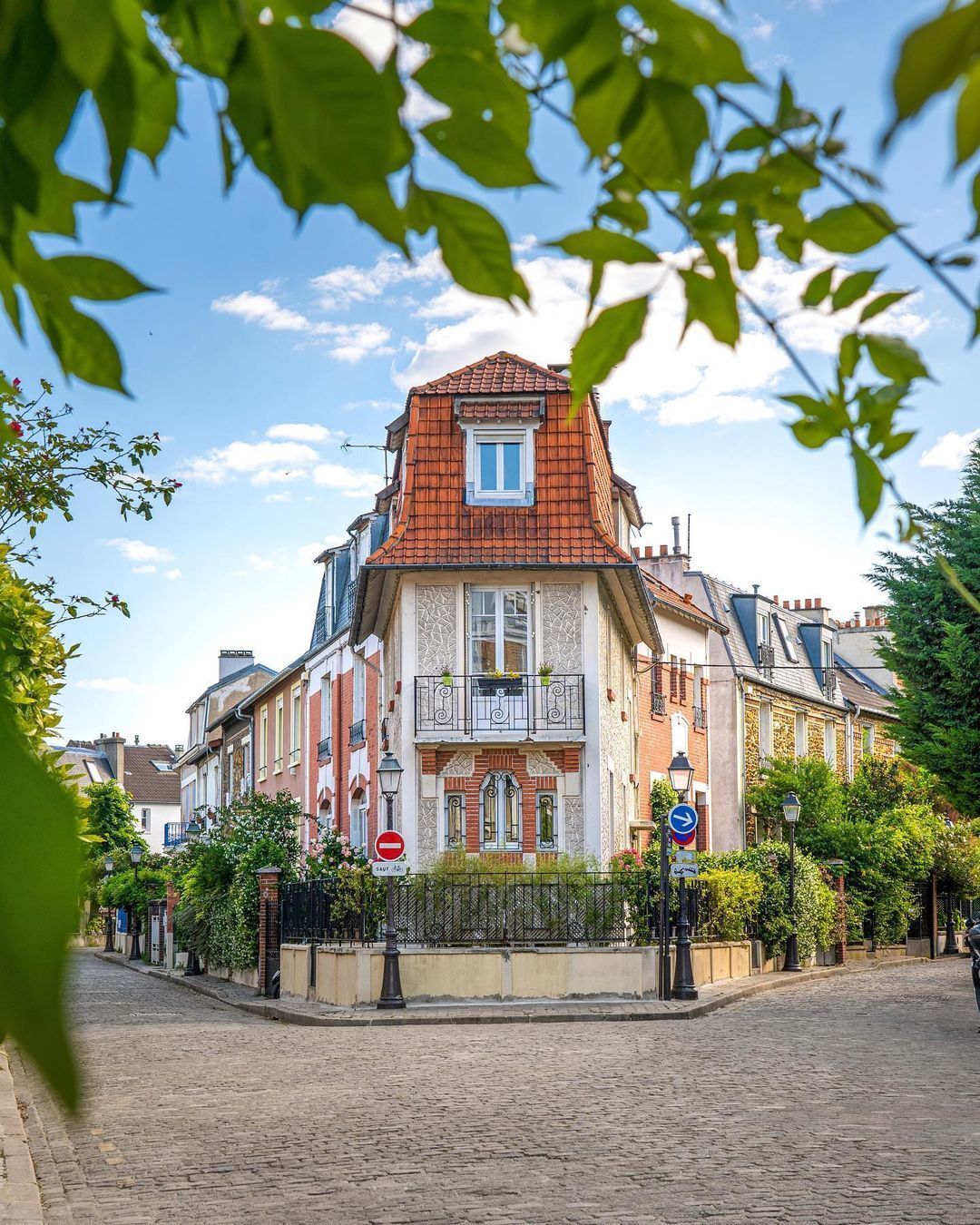
Amid the hustle and bustle of Paris, it's a delightful surprise to stumble upon La Campagne à Paris. Tucked away in the 20th arrondissement, this enchanting residential square feels like a secret lifted straight from a storybook.
Originally developed in the early 20th century as affordable housing for laborers, the area has since evolved into a coveted slice of real estate, owing to its distinct character. The cobblestone streets wind their way between charming houses, each adorned with verdant gardens, flower boxes, and creeping ivies. Architectural styles range from art nouveau flourishes to more rustic, countryside-inspired designs, giving the entire area a patchwork of visual delights.
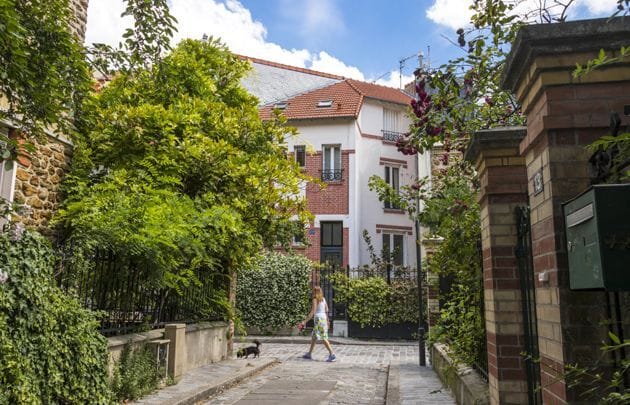
While Paris is renowned for its grand boulevards and iconic landmarks, La Campagne à Paris offers a more intimate experience. The tranquillity here is palpable. Birds chirp, trees sway, and the usual city noises fade into a distant hum, replaced by the serenity more commonly found in a rural village.
Visitors can meander along the lanes, take in the various architectural details, or find a quiet spot to sit and contemplate. The elevated position of the square also offers sweeping views of parts of Paris, adding yet another layer of charm to the experience.
La Campagne à Paris stands as a testament to the hidden wonders waiting for those willing to explore off the beaten path in a city teeming with world-famous attractions. It's a gentle reminder that sometimes, the most memorable moments come from the unexpected corners of our journeys.
Travel Tips: Montmartre Minus the Masses – A Quieter Exploration of Paris’ Bohemian Heart
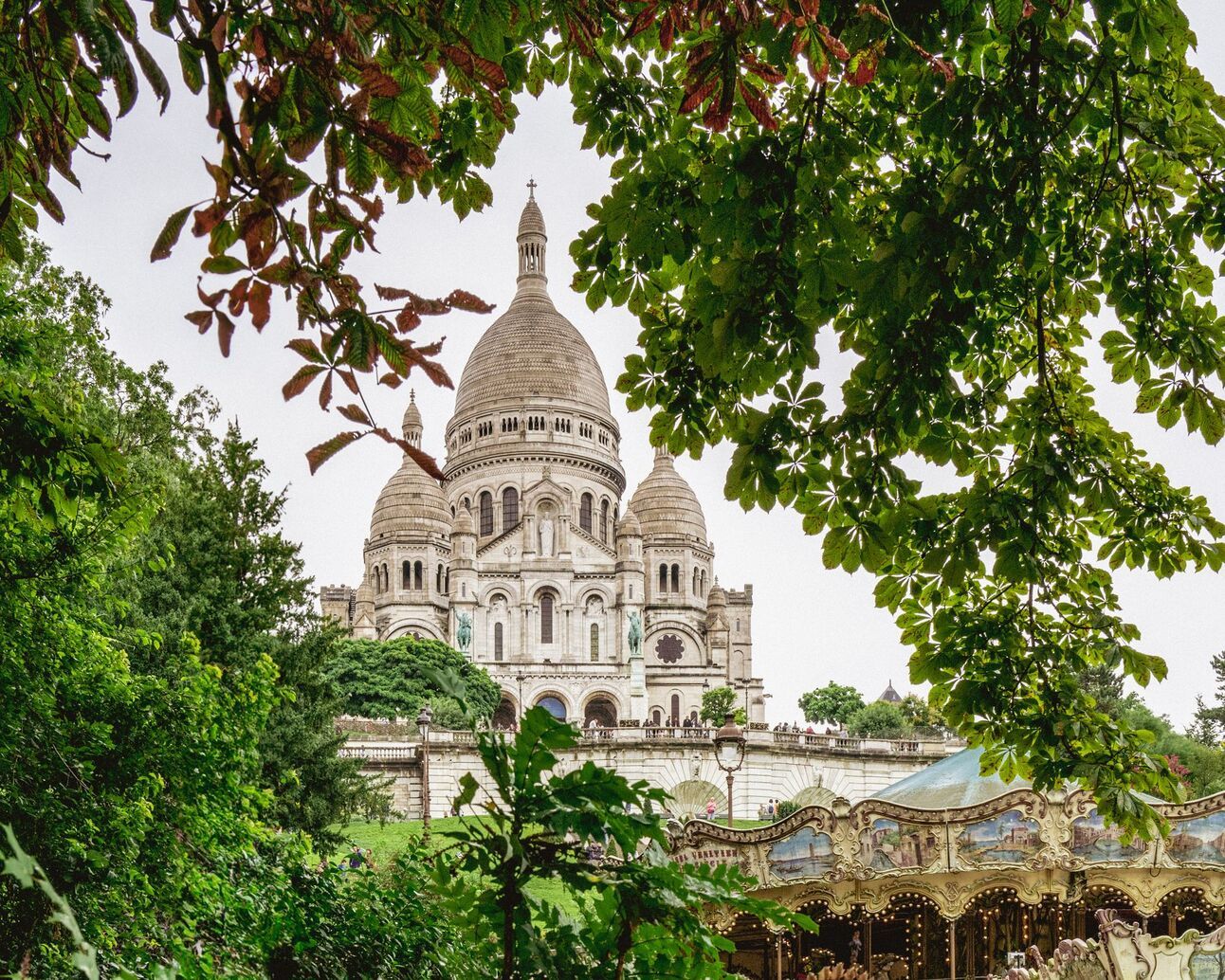
©2023 James Christopher Knight️
Montmartre, with its panoramic views of Paris and rich artistic history, is undeniably one of the city’s most visited spots. And while the iconic Sacré-Cœur and bustling Place du Tertre are quintessential experiences, the authentic charm of Montmartre lies in its quieter corners and undiscovered alleys.
1. Timing is Everything:One of the best ways to avoid the crowds is to visit early in the morning. The serene ambiance of Montmartre at dawn, with its cobblestone streets bathed in soft light, is a rare treat. It's a time when you can truly feel the neighborhood's bohemian pulse without the interruptions of tourist throngs.
2. Stray from the Main Paths:Venture into the side streets and alleys. Rue de l'Abreuvoir, often dubbed one of the most picturesque streets in Paris, offers a serene atmosphere and is lined with lovely townhouses and the famous La Maison Rose café.
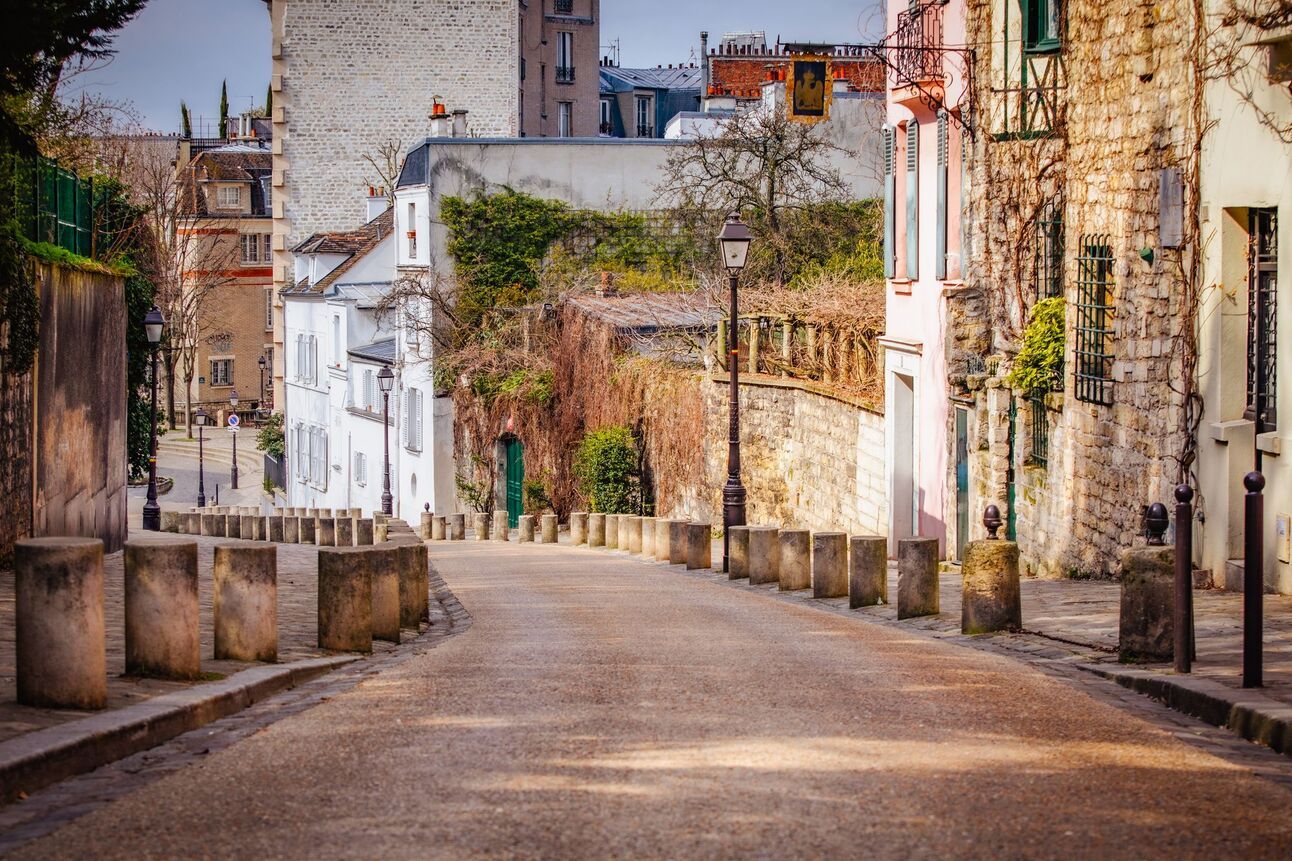
3. Museums Beyond the Sacré-Cœur:While the basilica is a must-visit, Montmartre boasts other cultural gems like the Musée de Montmartre and the Espace Dalí, dedicated to Salvador Dalí's surrealistic works. These spots offer rich insights into the area's artistic legacy without the overwhelming crowds.
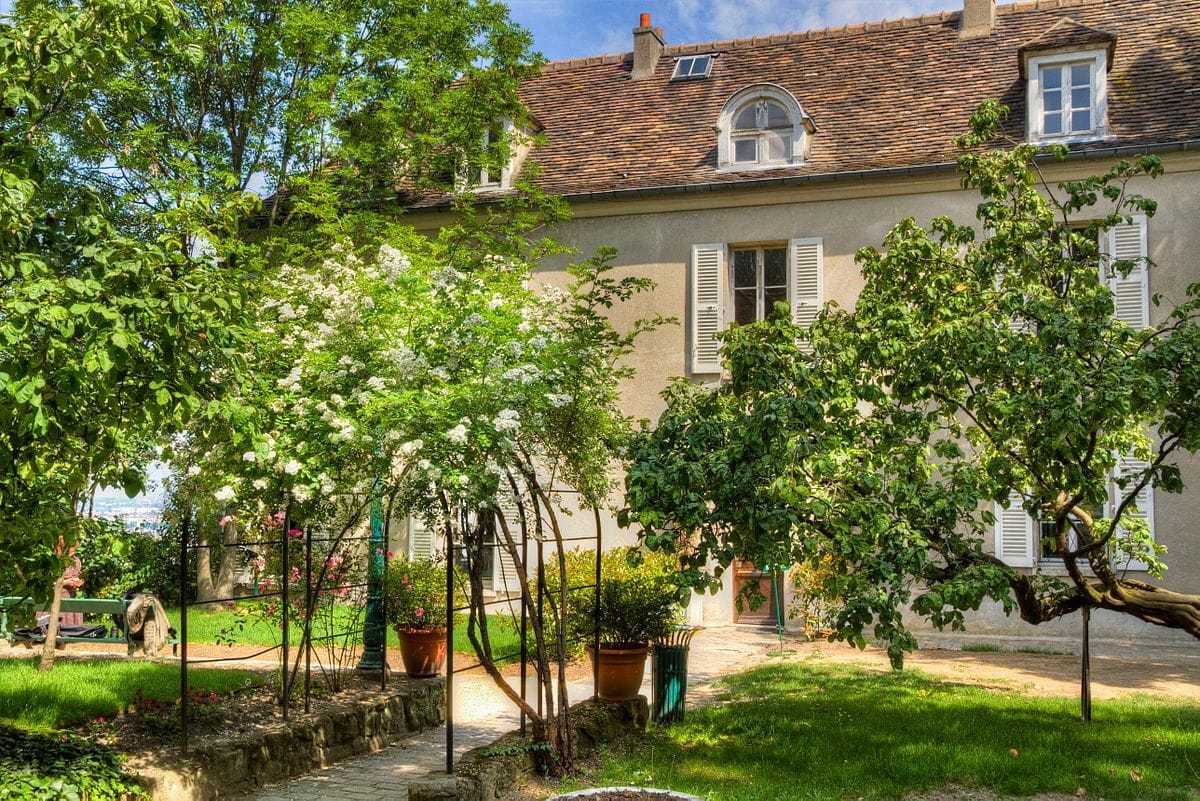
Musée de Montmartre
4. Tranquility at Montmartre Cemetery:A stone's throw from the bustling areas lies the Montmartre Cemetery. A resting place for many famous personalities, this cemetery offers an oasis of calm amidst the city's hustle. Meandering through its labyrinthine pathways, you'll come across the graves of notable figures like Edgar Degas and Emile Zola. The verdant canopy of trees, the ancient tombstones, and the melodious chirping of birds make it an unexpectedly peaceful spot to reflect and recharge.
5. Enjoy the Local Cafés:Forego the touristy eateries around Place du Tertre. Instead, immerse yourself in the authentic Montmartre experience by grabbing a seat at one of the local cafés. Le Relais de la Butte or Le Ronsard are fantastic spots to enjoy a café au lait while people-watching.
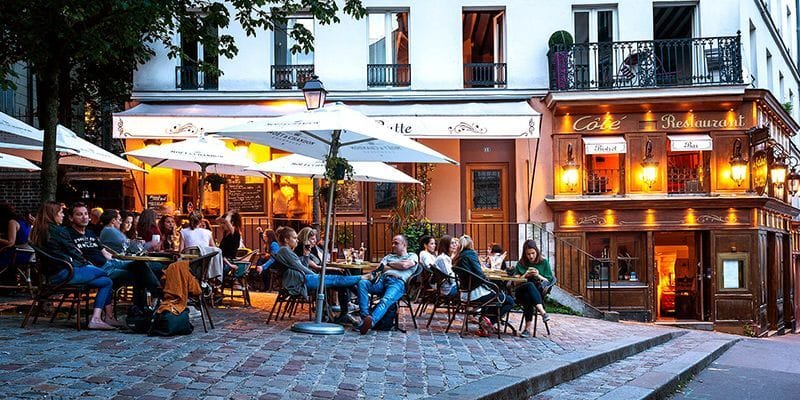
Le Relais de la Butte - Photo: bonjourmonamour.fr
6. Sunset Serenity:While mornings in Montmartre are peaceful, there's a unique magic to watching the sun set over Paris from this vantage point. It’s less crowded than midday and offers a romantic backdrop that's perfect for evening strolls.
In essence, Montmartre’s allure isn't just in its famous landmarks, but in the stories whispered by its wind, the histories etched into its walls, and the daily lives of those who call it home. By choosing the right time and straying off the beaten path, you can discover a Montmartre as enchanting as any artist’s canvas.
Art & Literature: Max Jacob – A Luminary in the Shadows of Modernism
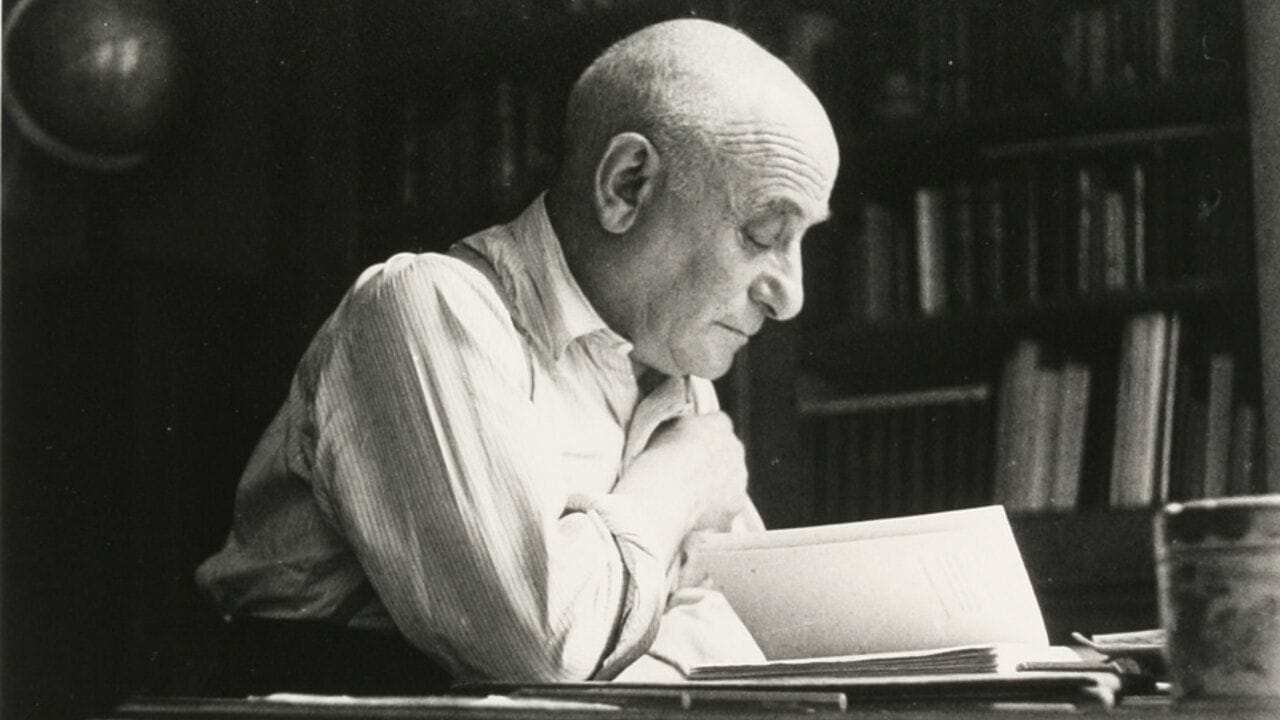
Max Jacob
In the illustrious tapestry of 20th-century art and literature, Max Jacob's name might not be as immediately recognizable as some of his contemporaries. Yet, his influence and contributions to modernist art and literature are undeniable.
Born in 1876 in Quimper, Brittany, Max Jacob's life was a mosaic of contrasts. He was a poet, novelist, essayist, and painter. Though he converted to Catholicism in 1915, his Jewish heritage would play a pivotal role in his life's tragic end during World War II (He died of pneumonia on March 5, 1944, at the camp at Drancy after being arrested by the Gestapo).
Friendship with Picasso:Max Jacob's journey into the heart of Parisian bohemia began when he moved to Montmartre, where he struck a close friendship with the young Pablo Picasso. This friendship profoundly influenced both artists. They exchanged ideas, critiqued each other's work, and together navigated the vibrant art scene of Paris. Jacob is often credited with introducing Picasso to cubism, a movement that would revolutionize 20th-century art.

Max Jacob and Pablo Picasso
Literary Achievements:Max Jacob's poetic style was characterized by humor, humility, and a deep sense of spirituality. His seminal work, The Dice Cup, is a collection of prose poems that juxtaposes the mundane with the profound, the earthly with the spiritual. Jacob's unique voice broke the conventions of traditional French poetry, introducing a fresh, avant-garde style.
Artistic Ventures:As a painter, Jacob's style was eclectic. He blended the bold strokes of cubism with delicate, almost surreal themes. His works, often laden with religious and esoteric symbols, reflect his inner spiritual quest.

Le marché à Pont-l'Abbé by Max Jacob
Exhibitions in Paris:While Max Jacob's works are sporadically showcased in various Parisian galleries, dedicated exhibitions are rare. However, art enthusiasts can often find his works at the Centre Pompidou or the Musée d'Orsay, nestled among other modernist masterpieces. Always keep an eye on cultural events in Paris, as retrospectives of such influential figures do emerge from time to time.
The story of Max Jacob serves as a reminder that fame is not always the true measure of an artist's impact. In the intricate dance of modernism, Jacob played a pivotal role, touching the lives of many of his more renowned peers. Today, he stands as a beacon for those who believe that art's true value lies not in recognition but in the raw, unfiltered expression of the human soul.
A Peek into History: La Conciergerie - A Testament to Power, Beauty, and Revolution
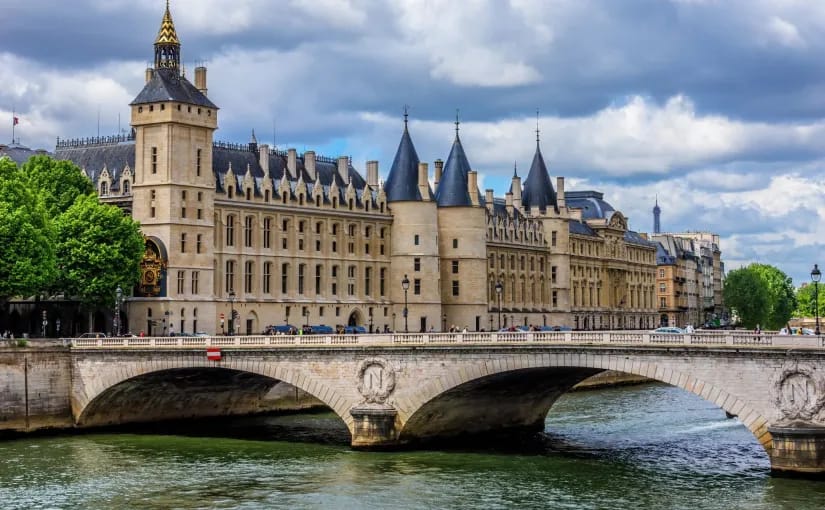
La Conciergerie
Nestled on the Île de la Cité, flanked by the Seine's gentle flows, stands one of Paris's most historically significant and architecturally arresting edifices: La Conciergerie. Its imposing Gothic towers and rich history make it a mute witness to centuries of Parisian evolution.

Royal Beginnings:Originally part of the royal palace, Palais de la Cité, La Conciergerie served as the residence of the French kings from the 10th to the 14th centuries. Its early history is deeply rooted in medieval splendor, a testament to which is its Hall of Soldiers – a marvelous example of secular Gothic architecture. The hall, with its series of four ribbed vaults and slender columns, is an echo of the grandeur of the Capetian monarchy.

Palais de la Cité in the Très Riches Heures du Duc de Berry (1412-1416). Conciergerie at left rear
Transition to Justice... and Injustice:By the end of the 14th century, the royal residence shifted to the Louvre, and the Palais de la Cité transitioned to a seat of judicial power. However, the darkest chapter in La Conciergerie's history was still to be written. During the tumultuous days of the French Revolution, it was repurposed into a prison. The very architecture of the place turned foreboding, with its cold, damp cells housing prisoners awaiting trial by the Revolutionary Tribunal.
The prison became infamous for its ill-treatment of inmates and its inevitable march to the guillotine. Among its most notable prisoners was Marie Antoinette. Today, her cell is recreated for visitors, complete with religious artifacts that accompanied her final days.

La Conciergerie
Visg Today:La Conciergerie, now a popular tourist attraction, offers a blend of medieval and revolutionary history. Visitors can marvel at the Gothic architecture, explore the recreated cells, and reflect upon the Revolution's tumult in the Memorial Room. An intricately detailed clock on the Conciergerie's exterior, known as the Conciergerie Clock, stands as Paris's oldest public clock and is evidence of the site's enduring role in the city's life.
As you wander through its echoing chambers and dimly lit corridors, La Conciergerie allows a journey through time - from the pinnacle of medieval majesty to the grim shadow of the guillotine. It's a stark reminder of the transient nature of power and the enduring spirit of a city that has witnessed both splendor and revolution.
Fun and Unusual Stuff: Paris' Secret Vineyards - Sipping History in the Heart of the City

Whee thinks of French vineyards, the sprawling fields of Bordeaux, Burgundy, or Champagne might come to mind. But, believe it or not, nestled between Haussmannian buildings and bustling boulevards, Paris boasts its own charming vineyards! A reminder of the city's agricultural past, these vineyards produce unique "Clos" wines that are as much a sip of history as they are of grape.
Clos Montmartre:Situated in the 18th arrondissement, the Montmartre vineyard is perhaps the most famous of Paris's hidden vineyards. Established around the 12th century by the local abbey, the vineyard has survived urbanization, phylloxera outbreaks, and even plans to convert it into a dumpsite in the 20th century. Today, its terraced vines span over 1,500 square meters and produce a limited number of bottles annually, which are auctioned off for charity during the lively Montmartre Harvest Festival.

Clos deNymphé in the 12th:The 12th arrondissement's Parc de Bercy hides another vinicultural gem - the Clos de la Nymphé. Once a wine-making village outside the city walls, Bercy transformed into a major wine market in the 19th century. The vineyard, planted in the 1990s, is a nod to this rich wine-trading history. Its vines are a mix of Pinot Meunier, Chardonnay, and Pinot Noir, yielding a sparkling wine that's uniquely Parisian.
Wine and the City:Beyond these notable vineyards, there are a handful of other smaller vineyards scattered throughout Paris, from the Clos Belleville to the vineyard of the Parc Georges Brassens. Each of these spots tells a story of resilience, preserving an agricultural heritage amidst urban development.
While Parisian vineyards might not match the scale or fame of their rural counterparts, they offer something equally intoxicating: a blend of history, urban surprise, and a tangible connection to the past. So, the next time you raise a glass in Paris, remember that the city's wine story might just be a stone's throw away, hidden behind a cobbled lane or an unassuming park gate.
Featured French Song
ZAZ - Je veux
